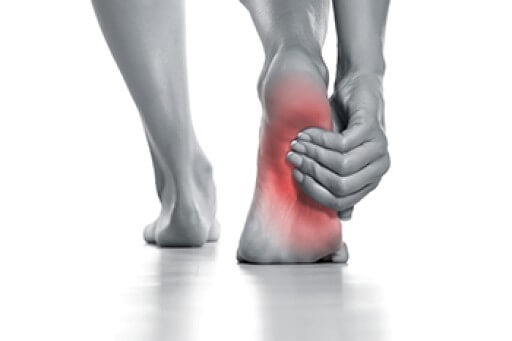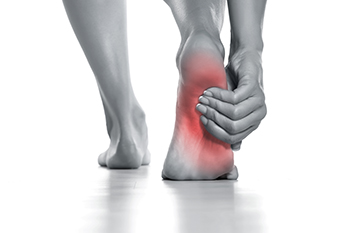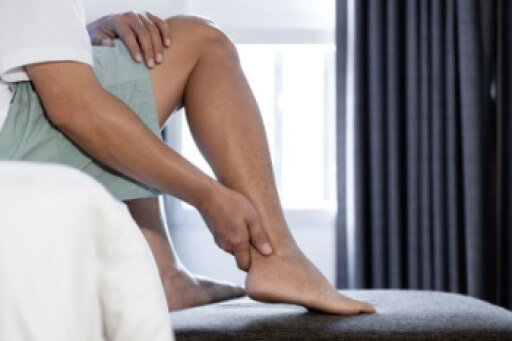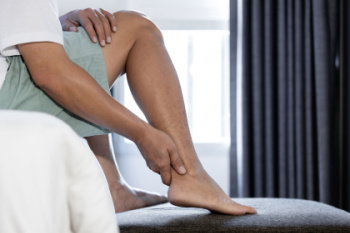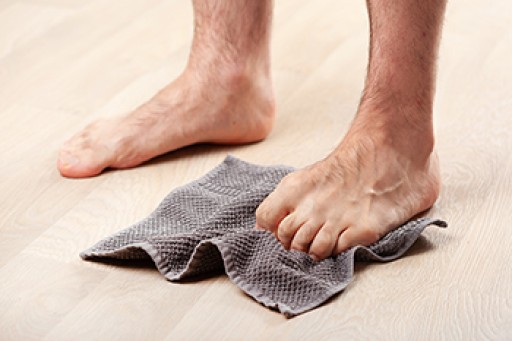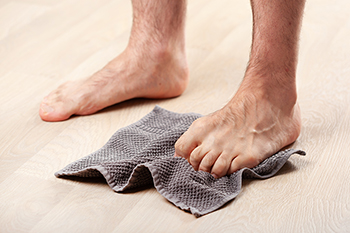
Treadmill running can contribute to foot, toe, and ankle injuries due to repetitive stress and strain. Common issues include plantar fasciitis, intermetatarsal neuromas, and Achilles tendonitis. These ailments are often caused by the repetitive motions of running or walking, especially on an incline. They may result in pain in the arch, ball of the foot, or along the back of the ankle. Improper footwear, excessive treadmill use, or pre-existing conditions like tight calf muscles can increase the risk of injury. A podiatrist can assess these conditions through a detailed examination and advanced diagnostic tools. This foot doctor can recommend effective treatments, such as orthotics, adjustments to treadmill routines, or specific footwear advice, to alleviate pain and prevent further issues. If you experience foot pain related to treadmill running, it is suggested that you schedule an appointment with a podiatrist for a diagnosis and treatment options.
Exercising your feet regularly with the proper foot wear is a great way to prevent injuries and build strength. If you have any concerns about your feet, contact Scott Samera, DPM from Samera / Foot + Ankle. Our doctor can provide the care you need to keep you pain-free and on your feet.
Exercise for Your Feet
Exercise for your feet can help you gain strength, mobility and flexibility in your feet. They say that strengthening your feet can be just as rewarding as strengthening another part of the body. Your feet are very important, and we often forget about them in our daily tasks. But it is because of our feet that are we able to get going and do what we need to. For those of us fortunate enough to not have any foot problems, it is an important gesture to take care of them to ensure good health in the long run.
Some foot health exercises can include ankle pumps, tip-toeing, toe rises, lifting off the floor doing reps and sets, and flexing the toes. It is best to speak with Our doctor to determine an appropriate regimen for your needs. Everyone’s needs and bodies are different, and the activities required to maintain strength in the feet vary from individual to individual.
Once you get into a routine of doing regular exercise, you may notice a difference in your feet and how strong they may become.
If you have any questions please feel free to contact our office located in Lake City and Branford, FL . We offer the newest diagnostic and treatment technologies for all your foot and ankle needs.





